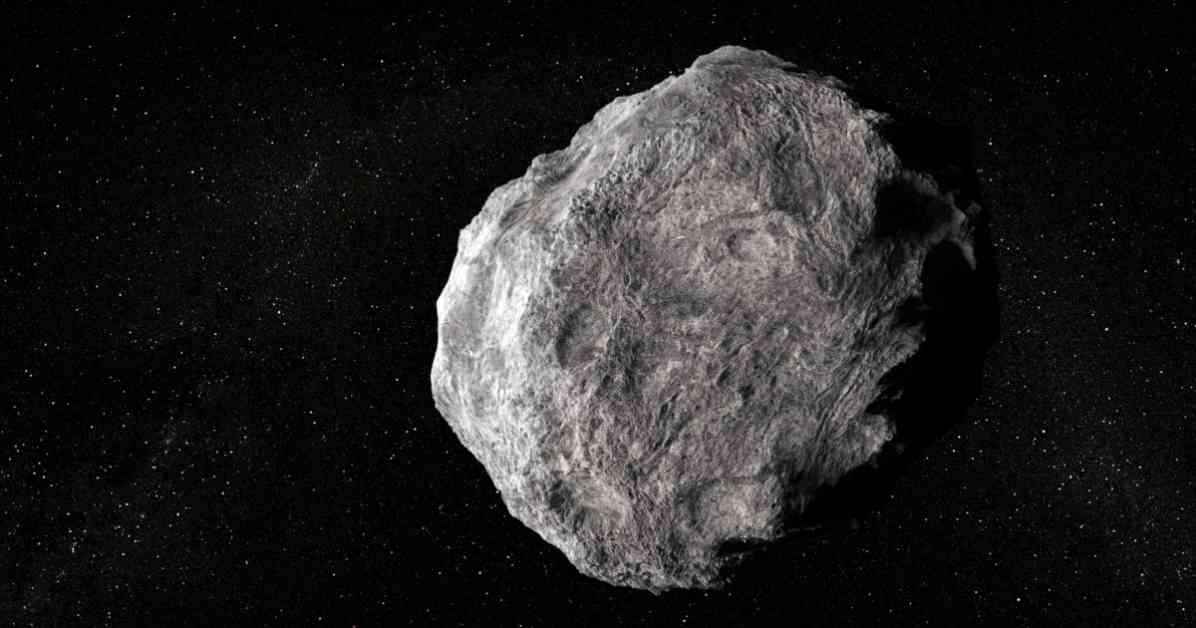Astronomers have recently come across a potential threat to Earth, with an asteroid named 2024 YR4 looming on the horizon. This space rock, measuring between 130 to 300 feet in diameter, has caught the attention of scientists due to its slim chance of colliding with our planet on December 22, 2032. While the odds are currently low, the discovery has prompted a closer look at the potential risks it poses.
Discovery and Monitoring of 2024 YR4
The asteroid 2024 YR4 was first identified by the Asteroid Terrestrial-impact Last Alert System (ATLAS), a program supported by NASA that serves as an early warning system for potential asteroid impacts. Initially, the impact probability of 2024 YR4 was estimated at 1.2%, a figure that has since been revised by the European Space Agency to 2.2%. This adjustment has raised concerns among astronomers, leading to a heightened focus on monitoring the asteroid.
With its trajectory bringing it within view until April before disappearing until 2028, 2024 YR4 offers a unique opportunity for scientists to gather crucial data about its composition and behavior. This extended visibility window will enable researchers to gain valuable insights that may help in predicting and mitigating any potential threats it may pose in the future.
Assessment of Impact Risks and Global Response
On the Torino scale, which rates the potential impact hazards of near-Earth objects, 2024 YR4 has been classified as a level 3 event. This categorization signifies a close encounter that warrants attention from both the scientific community and the general public, especially given the proximity of the potential impact date. In response to this increased risk, two UN-backed groups, the International Asteroid Warning Network (IAWN) and the Space Mission Planning Advisory Group (SMPAG), have been activated to oversee the situation and provide ongoing updates.
While the odds of 2024 YR4 colliding with Earth are relatively low, the implications of such an event could be significant. NASA and ESA have identified a risk corridor that spans across various regions, including the eastern Pacific Ocean, northern South America, the Atlantic Ocean, Africa, the Arabian Sea, and South Asia. Although the asteroid is not comparable in size to the one responsible for the extinction of the dinosaurs, it still poses a threat that cannot be ignored.
Expert Insights and Public Reassurance
Kelly Fast, the acting planetary defense officer at NASA’s Planetary Defense Coordination Office, emphasized the importance of monitoring 2024 YR4 while maintaining a sense of perspective. Despite the seriousness of the situation, she highlighted the low probability of an actual impact occurring and urged the public not to panic. Fast’s reassurance echoed sentiments from the European Space Agency, which acknowledged the uncertainty surrounding the asteroid’s trajectory while emphasizing the progress made in detecting and tracking near-Earth objects.
As humanity continues to advance its asteroid detection capabilities, the hope is that the impact probability associated with asteroids like 2024 YR4 will diminish over time. ESA’s optimism about our evolving technology underscores the importance of ongoing vigilance and preparedness in the face of potential cosmic threats. The discovery of 2024 YR4 serves as a reminder of the delicate balance between scientific curiosity and planetary safety, urging us to remain vigilant and proactive in our efforts to safeguard our planet from celestial hazards.












